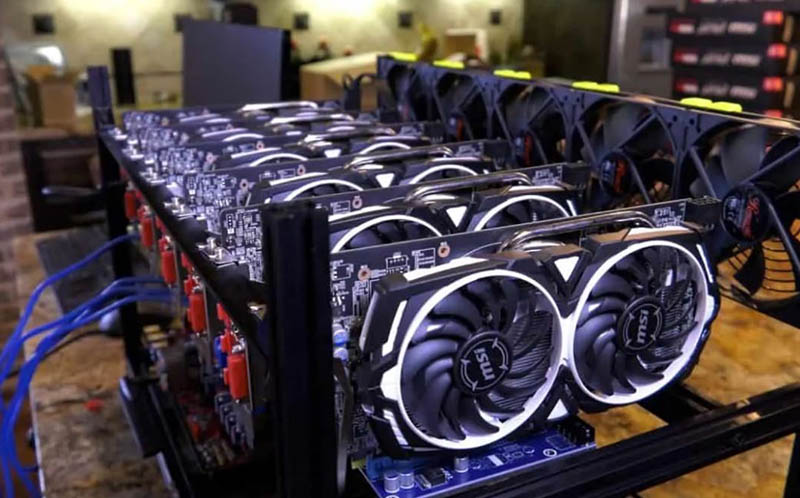

He then tweeted on June 13 that Tesla would allow Bitcoin transactions again if there was "reasonable clean energy usage," which he listed at being approximately 50%. Musk said in May he spoke with North American miners, and they committed to using renewable energy sources. Its rainy season helps to generate so much energy that cities are looking for blockchain firms to relocate in order to avoid wasting power. China's Sichuan Province has the country's second-largest number of miners due to its abundance of cheap hydroelectric power. Energy consumption made up only 30% of their choice.Īccess to renewable energy at a low price, however, attracts crypto miners. The 3rd Global Cryptoasset Benchmarking Study from the University of Cambridge found that 70% of miners based their decision on what coin to mine on the daily reward amount. What's being done about this energy problem? States that have struggling coal power plants, such as Montana, New York and Kentucky, are trying to cash in by wooing crypto mining companies. The carbon dioxide produced by fossil fuels is released into the atmosphere, where it absorbs heat from the sun and causes the greenhouse effect.Īs mining rigs consume more energy, nearby power plants must produce more electricity to compensate, which raises the likelihood that more fossil fuels will be used.

A majority of that percentage is natural gas and a minority is coal. Why is taking up so much energy bad for the environment?įossil fuels account for more than 60% of the energy sources in the US.

At 121.36 terawatt-hours, crypto mining would be in the top 30 of countries based on energy consumption. That means a Bitcoin transaction would generate more than $200 in energy bills.īitcoin mining used more energy than Argentina, according to an analysis from Cambridge University in February.

To put that into money terms, the average cost per kWh in the US is 13 cents. The Digiconomist's Bitcoin Energy Consumption Index estimated that one Bitcoin transaction takes 1,544 kWh to complete, or the equivalent of approximately 53 days of power for the average US household. Mining centers, however, need a lot more cooling, which in turn requires even more electricity. Small operations, like those run by individuals, can get by with a typical standing fan. But if you have multiple rigs, the room quickly gets hot, requiring external cooling. Many mining rigs have multiple built-in computer fans. If you don't want your rigs to melt, you need some cooling. The more rigs you have, the hotter it gets. Not only do rigs take up power, they also generate heat. A mining center in Kazakhstan is equipped to run 50,000 mining rigs. A rig with three GPUs can consume 1,000 watts of power or more when it's running, the equivalent of having a medium-size window AC unit turned on.Ĭrypto mining businesses can have hundreds or even thousands of rigs in one location. That takes up a lot more power than browsing the internet. Why is crypto mining so energy-intensive?įor starters, graphics cards on mining rigs work 24 hours a day. The popularity of mining has led to a shortage of graphics cards.Ī crypto mining farm in Nadvoitsy, Russia. Rigs usually use powerful GPUs from Nvidia and AMD to handle calculations and require high-wattage power supplies. It's a barebones computer with multiple graphics cards, or GPUs, instead of the single-card standard. Other cryptocurrencies use similar mining technologies, contributing to the overall energy usage. The computer that solves the computation first gets a reward of 6.2 bitcoins, or about $225,000 at current prices. This hash goes into a public ledger so anyone can confirm the transaction for that particular Bitcoin happened. When Bitcoins are traded, computers across the globe race to complete a computation that creates a 64-digit hexadecimal number, or hash, for that Bitcoin. Here's what you need to know about crypto mining and its energy uses.


 0 kommentar(er)
0 kommentar(er)
